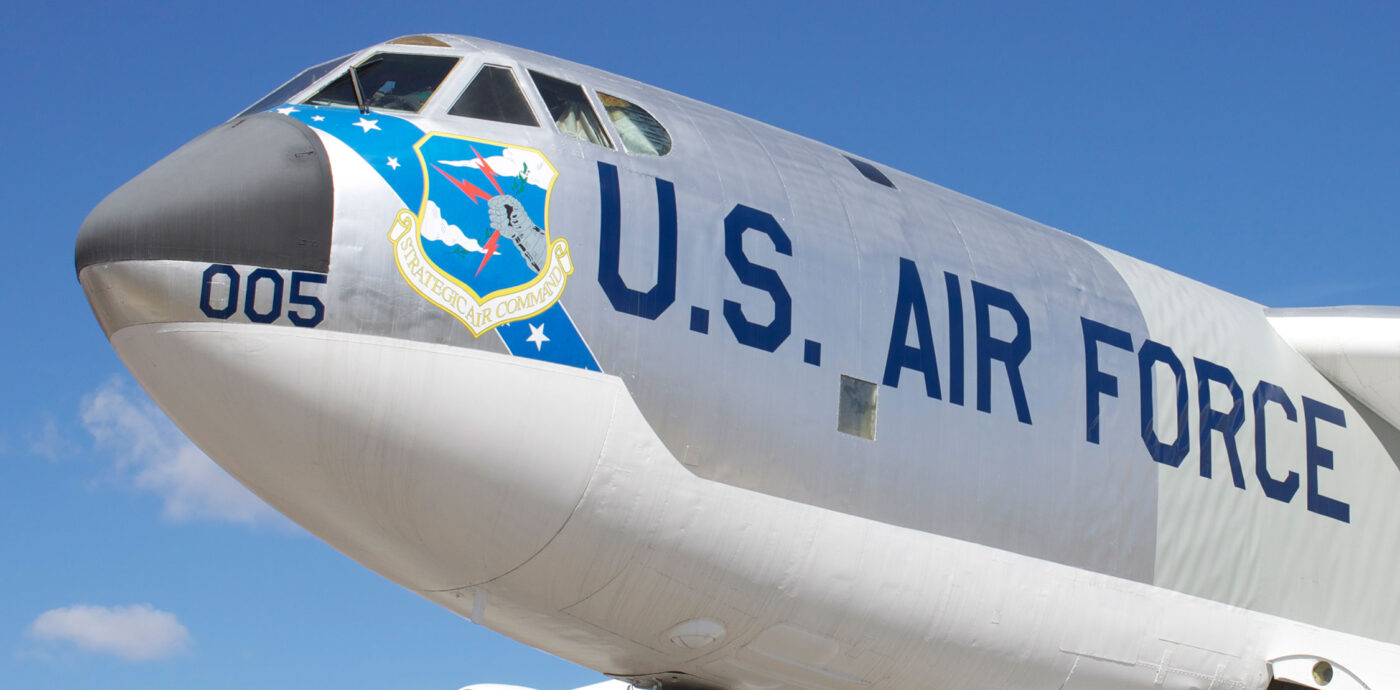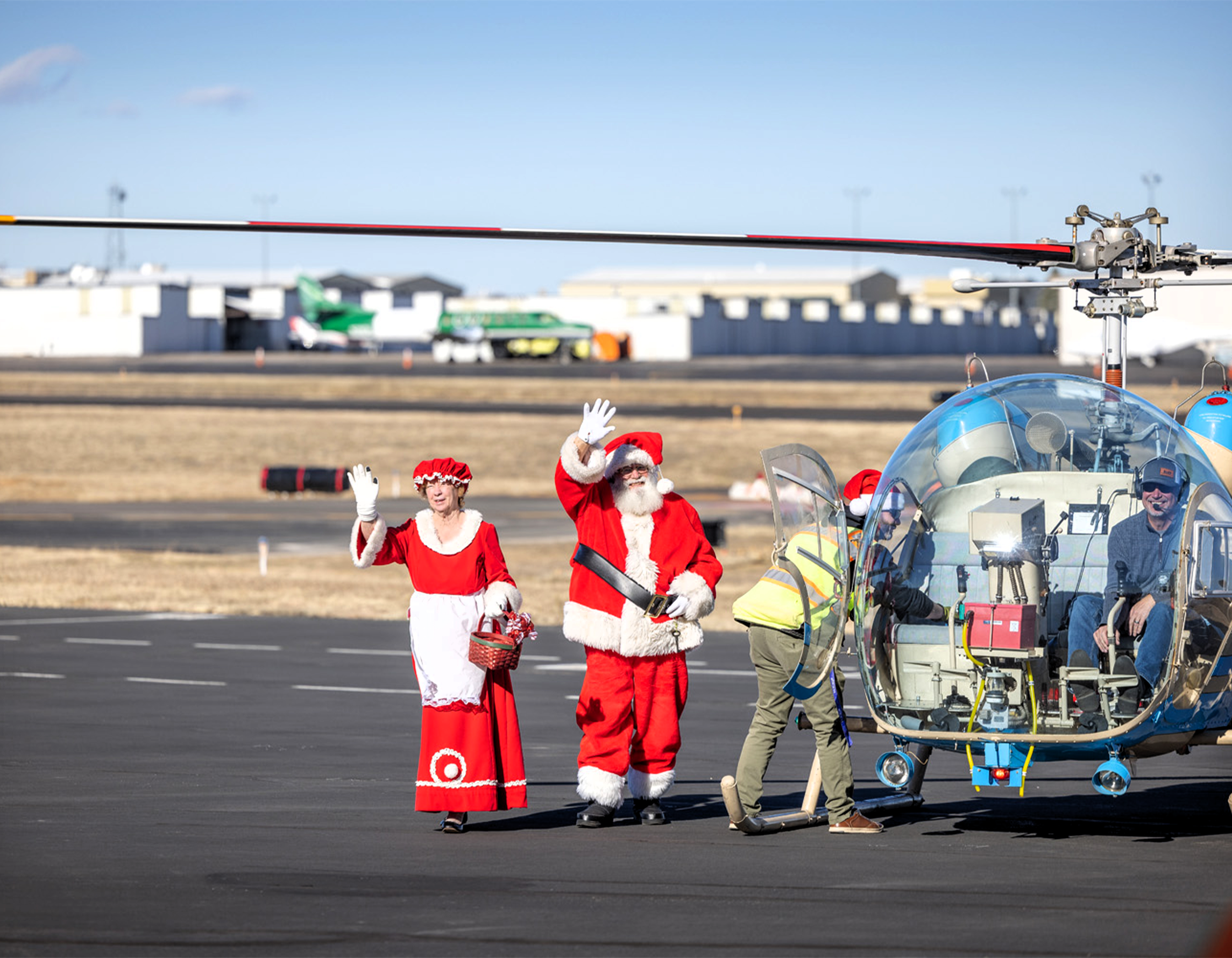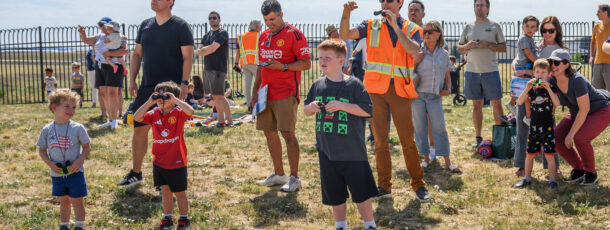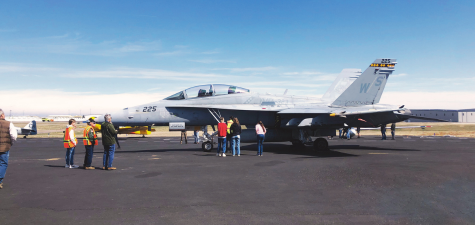Few other military aircraft have been in service as long as the Boeing B-52. First flown in 1952, the B-52 is still active in the US Air Force and is expected to remain in service for at least another 20 years.
Boeing began designing the B-52 soon after the end of World War II to meet an Air Force request for a bomber that could operate at intercontinental ranges without the need for a forward base.
Becoming operational in 1955, the B-52 became one leg of the “nuclear triad” that included Intercontinental Ballistic Missiles (ICBMs), and missile-armed submarines. Together, they deterred any nuclear attacks on the US. Although intended to carry nuclear weapons, in actual combat the B-52 has only dropped conventional bombs and launched cruise missiles. During the Vietnam War, B-52s dropped tens of thousands of bombs on North Vietnam. In 1991’s Operation Desert Storm, B-52s from Barksdale Air Force Base in Louisiana, flew the longest combat mission in history, (35 hours in the air), to launch cruise missiles at targets in Iraq and return home.
The B-52B Stratofortress on display at Wings Over the Rockies was the seventh B-52 built and was originally created as an RB-52B for long-range reconnaissance operations. The Air Force used it for avionics testing before being converting it into a bomber. Then it served with the 93rd Bomb Wing, where it served during the Cuban Missile Crisis. In 1966, it came to Lowry Air Force Base as a training airframe for munitions loading instruction.
The B-52B is on loan from the National Museum of the US Air Force.
Aircraft specifications:
Wingspan: 185 ft (56.4 m)
Length: 159 ft 4 in (48.6 m)
Maximum speed: 630 mph ( kp/h)
Maximum weight: 420,000 lb (190,509 kg)
Maximum internal bomb load: 43,000 lb ( kg)
Crew: Six (in B-52B)
Engines: Eight Pratt & Whitney J57 turbojets
Total thrust: 84,000 lbf (374 kN); 96,000 lbf (427 kN) with water injection
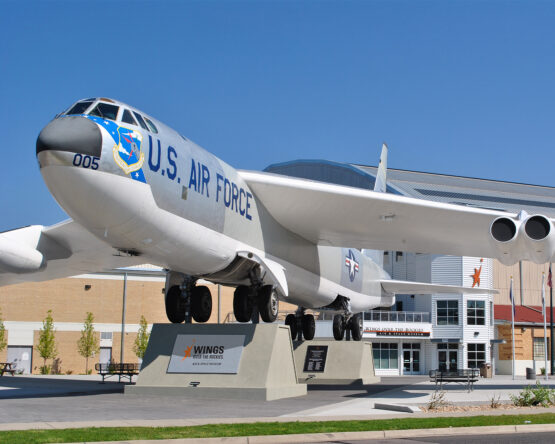 Air & Space Museum
Air & Space Museum












